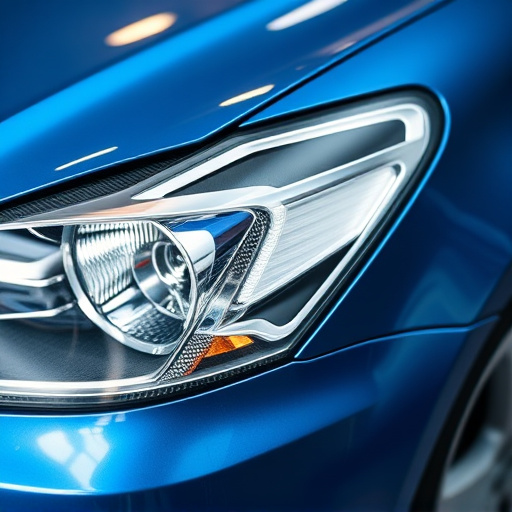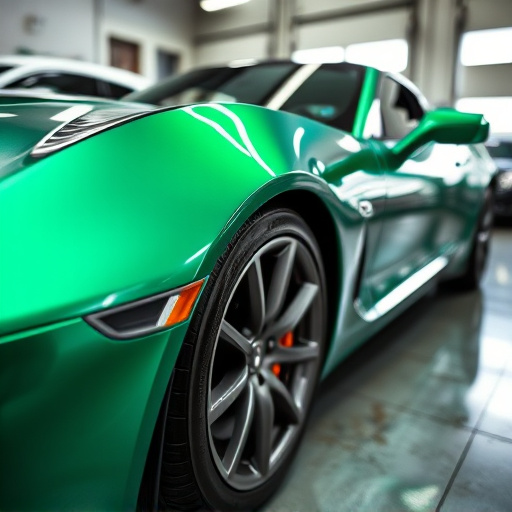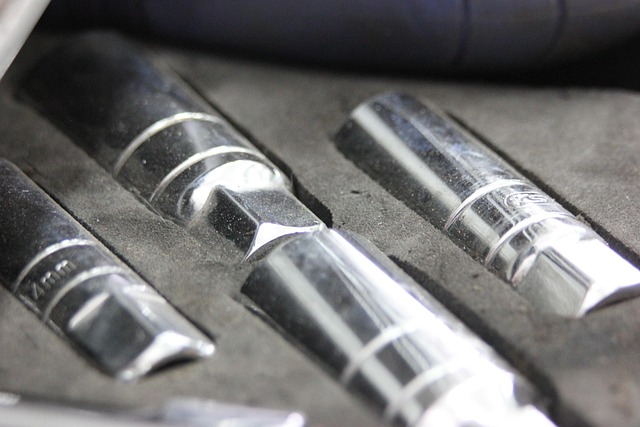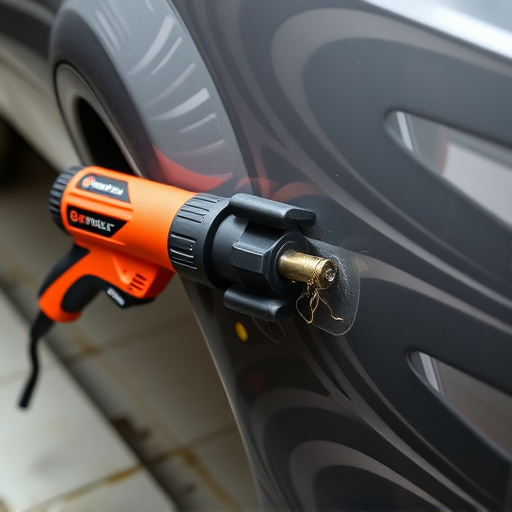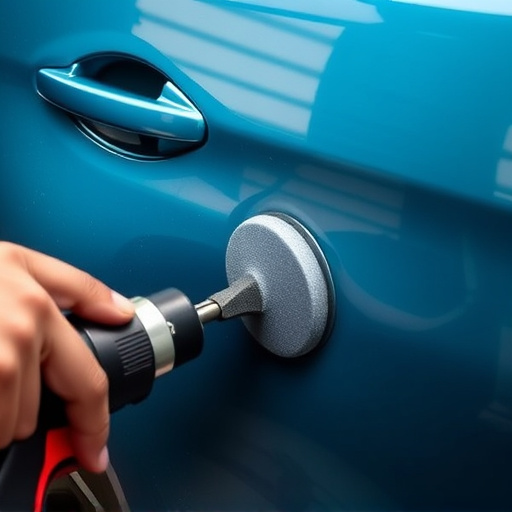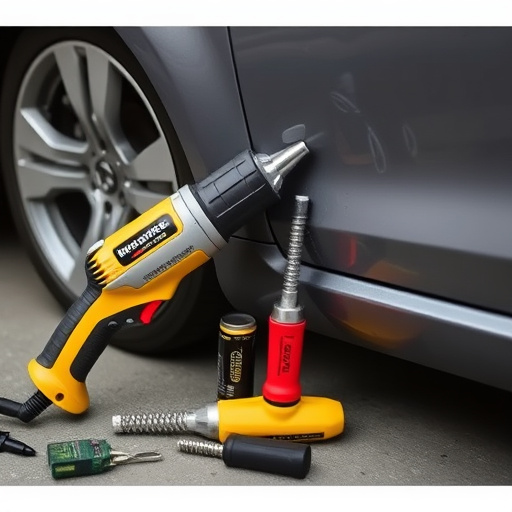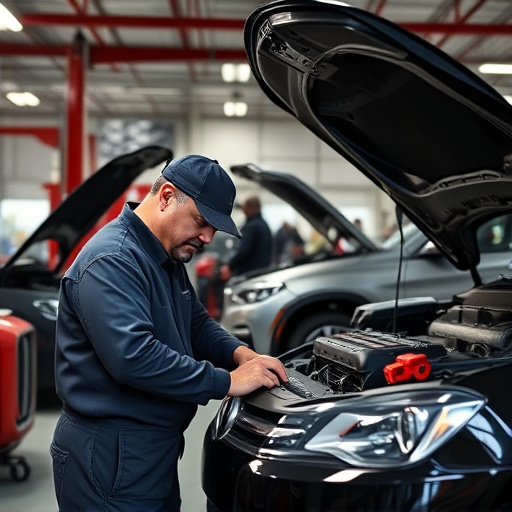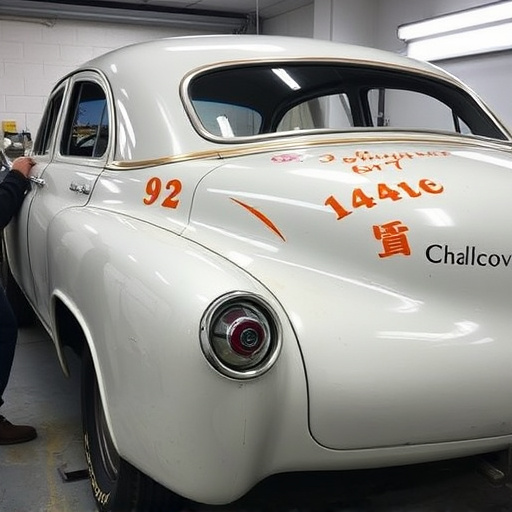Understanding vehicle color codes (e.g., BS, Pantone) and using tools like color meters ensures accurate color replication during repairs. Mastering the process involves measuring RGB values, gathering paint samples, meticulous preparation, and careful comparison of images in natural light. Vehicle color matching requires cleaning, sanding, priming, and layering paint for a seamless finish, especially after repairs.
“Dive into the world of vehicle color matching with our beginner’s guide. Discover the fundamentals, from understanding intricate color code systems unique to automotive industries to essential tools and techniques that ensure precise color recreation. Learn how to achieve accurate matches for your restoration or customization projects. We’ll outline practical tips, making complex color coordination a straightforward process. Elevate your DIY ventures or professional paint jobs with this comprehensive introduction to vehicle color matching.”
- Understanding Vehicle Color Codes and Systems
- Tools and Techniques for Matching Colors
- Tips for Achieving Accurate Color Matches
Understanding Vehicle Color Codes and Systems
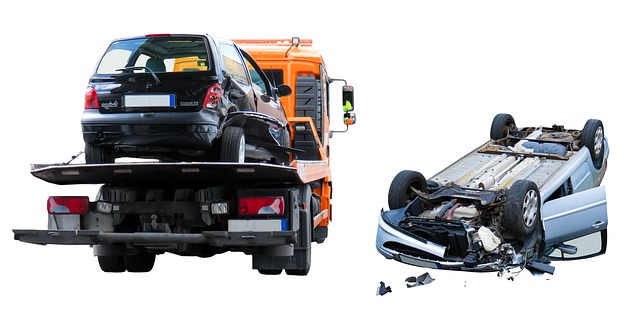
Understanding Vehicle Color Codes and Systems
Vehicle color matching starts with comprehending the intricate systems used to assign and identify colors. Each manufacturer employs a unique coding system, often consisting of a combination of letters, numbers, or even specific symbols. These codes are meticulously designed to represent precise shades and tints. For instance, some companies use a 6-digit code standardized by the automotive industry, such as the BS (British Standard) or Pantone matching systems, ensuring consistency across different car models and years.
Deciphering these color codes is crucial for achieving accurate vehicle color matching during repairs or restoration processes like auto glass repair or car paint repair. It ensures that the new paint accurately replicates the original shade, maintaining the vehicle’s aesthetic appeal and overall value. Therefore, learning to interpret these systems is an essential step for anyone delving into vehicle color matching, whether for personal projects or professional services in vehicle restoration.
Tools and Techniques for Matching Colors

To master vehicle color matching, one must be equipped with the right tools and techniques. Start by investing in a high-quality color meter or spectrophotometer, which accurately measures the RGB (Red, Green, Blue) values of your car’s bodywork. These devices ensure precise readings, enabling you to match colors exactly. Additionally, gather a range of paint samples from reputable manufacturers that offer a vast palette of shades.
When tackling vehicle color matching, begin by cleaning and preparing the surface of the car bodywork. This crucial step ensures optimal adhesion for any touch-ups or new coatings. Auto detailing professionals often use abrasive pads to smoothen imperfections and create a clean canvas. Once ready, apply a thin layer of paint from your chosen sample, using brushes or sprays designed for auto detailing. Gradually build up the layers, allowing each coat to dry thoroughly between applications, resulting in an accurate and seamless color match on your vehicle’s surface.
Tips for Achieving Accurate Color Matches
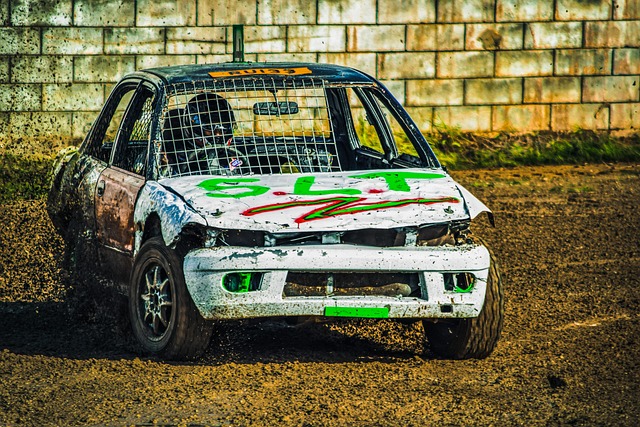
Achieving accurate vehicle color matching requires a meticulous approach and attention to detail. Start by gathering high-quality images of the desired color in natural light, as lighting conditions can significantly impact the final result. Compare these with your vehicle’s existing color swatches or samples to identify any subtle differences.
When preparing your car for paintwork, ensure the surface is clean, smooth, and free from contaminants. Repair any dents or damaged areas using quality mercedes benz repair techniques, as these imperfections can affect the color matching process. For automotive repair enthusiasts, taking the time to sand and prime the affected areas correctly is crucial before applying new paint, especially for fender repair projects. This ensures a seamless blend with the existing body panels.
Whether you’re a seasoned automotive enthusiast or just starting your journey, mastering vehicle color matching is an invaluable skill. By understanding the intricacies of color codes, utilizing the right tools and techniques, and following precise steps, you can achieve stunning results. With these basics in hand, you’ll be well-equipped to match and even customize vehicle colors with confidence, bringing your automotive projects to life flawlessly.
